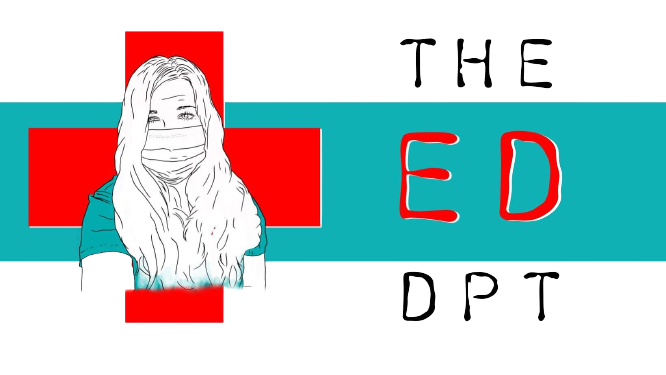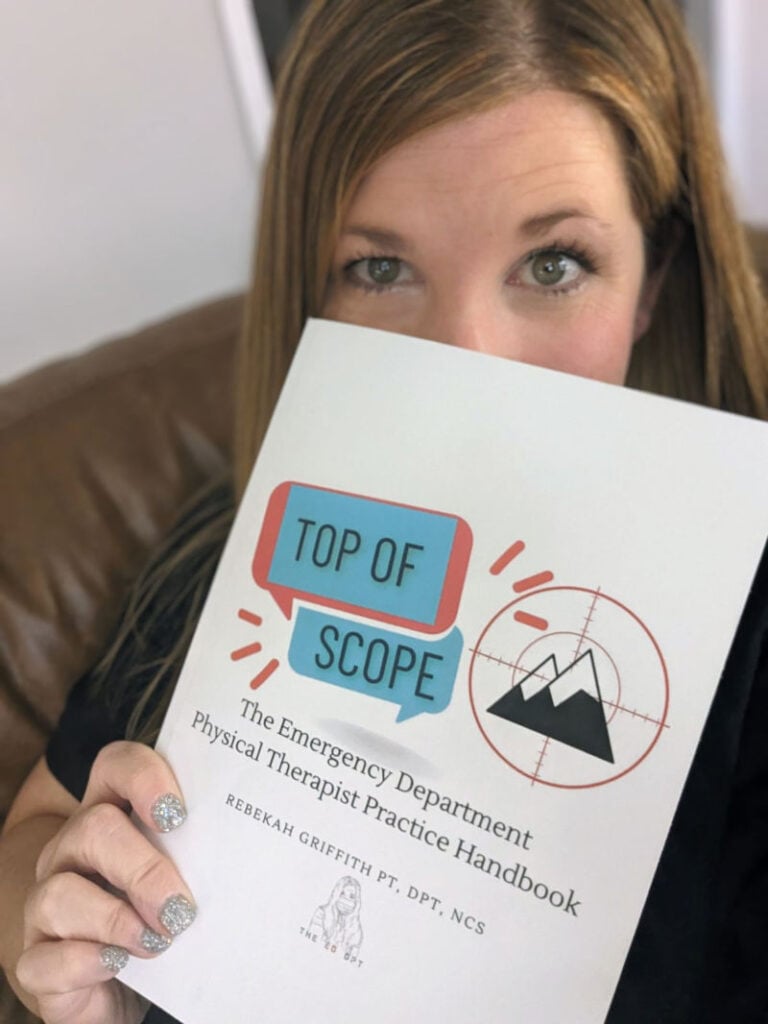When most people think about physical therapy, they envision recovery—rehabilitation after surgery, injury, or illness. But physical therapy isn’t only about bouncing back. It isn’t just rehabilitative. Sometimes, it’s about being present, preserving dignity, and restoring comfort.
In end-of-life care, physical therapists play a quiet but powerful role—supporting quality of life when cure is no longer the goal.
“This patient is now comfort care.”
I’ve heard it before—often as a cue to sign off and step back. But when we talk about physical therapists as treating the whole lifespan, we shouldn’t discount the end of the journey.
Is there a more important time to be patient-centered than when someone is facing the end of their life?
Our focus as physical therapists should always remain on the patient. End-of-life physical therapy is not about prolonging life. It’s about making the time that remains meaningful—however that looks to the patient.
It’s about empowering people to do what matters to them—whether that’s sitting up to enjoy a favorite meal, walking to the garden one last time, or simply finding a position of comfort for restful sleep.
Today, several of my patients faced end-of-life decisions.
Should I have just signed off?
These patients don’t have “rehab goals,” do they? I can’t rehabilitate their terminal process. I know that. But as I sat at the bedside, talking one-on-one, I heard their goals:
- “I want to die at home and be as independent as possible.”
- “If I go to rehab, can I get stronger to spend more time with my family?”
- “I know I’ll be dealing with this the rest of my life, but is there a way to have less pain?”
When we talk about top of scope practice, we must break the stereotype that physical therapy is only for restoration.
This is our opportunity to align care with actual patient needs. Can we shift from restoration to preservation and comfort? Can we embrace holistic management instead of function-based outcomes or MCIDs?
Managing end-of-life care as a physical therapist might include:
- Manual therapy or movement to reduce pain, stiffness, or edema
- Positioning to improve respiration or prevent skin breakdown
- Energy conservation strategies to reduce fatigue
- Family and caregiver education for safe mobility, comfort, and touch
Some end-of-life goals I’ve heard from hospice patients I’ve worked with include:
- Experiencing spirituality through movement
- Placing their feet on the floor of their home one more time
- Standing to hug a daughter goodbye
- Reducing pain without medication
Achieving these goals empowers patients, respects boundaries, and restores dignity in even the smallest ways.
Walking a patient home at the end of their life is profound.
One such privilege stays imprinted on my heart.
My patient’s skin was yellowed, her limbs swollen, her confusion clear, and her discomfort abundant. Family sat at the bedside in the living room, unsure what to do other than wait alongside their restless loved one.
The end was close. The anticipatory grief was heavy.
But it was immediately clear what I could provide.
I began by educating the family on how to reposition her for comfort and improved breathing. That small change immediately calmed her restlessness and eased her breath.
Then I began gentle retrograde massage to her hands and feet. Her body softened. Her face relaxed. As her discomfort eased, her cognition sharpened.
She asked to sit up. I supported her, washed her back, and taught her family how to do the same.
She knew it was time to say goodbye.
I eased her forward to the edge of the bed, feet on the ground. I facilitated her movement. Standing upright—what would be the last time—I held her as she held her daughter.
Her daughter wept in that embrace.
We knew it was the last time.
Then I eased her back into bed, positioned her for comfort, and said goodbye.
I never saw her again. Her life at an end, her plan of care complete.
Her physical therapy wasn’t rehabilitative.
But it was restorative.
It was profound.
As physical therapists, let’s not shy away from this work.
Let’s train for it.
Advocate for it.
Honor it.
Because sometimes, holding someone upright for the last time is the most meaningful thing we’ll ever do.
Physical therapists help people live well—even while dying.
At its best, our work isn’t always flashy.
But it is always, deeply, human.




